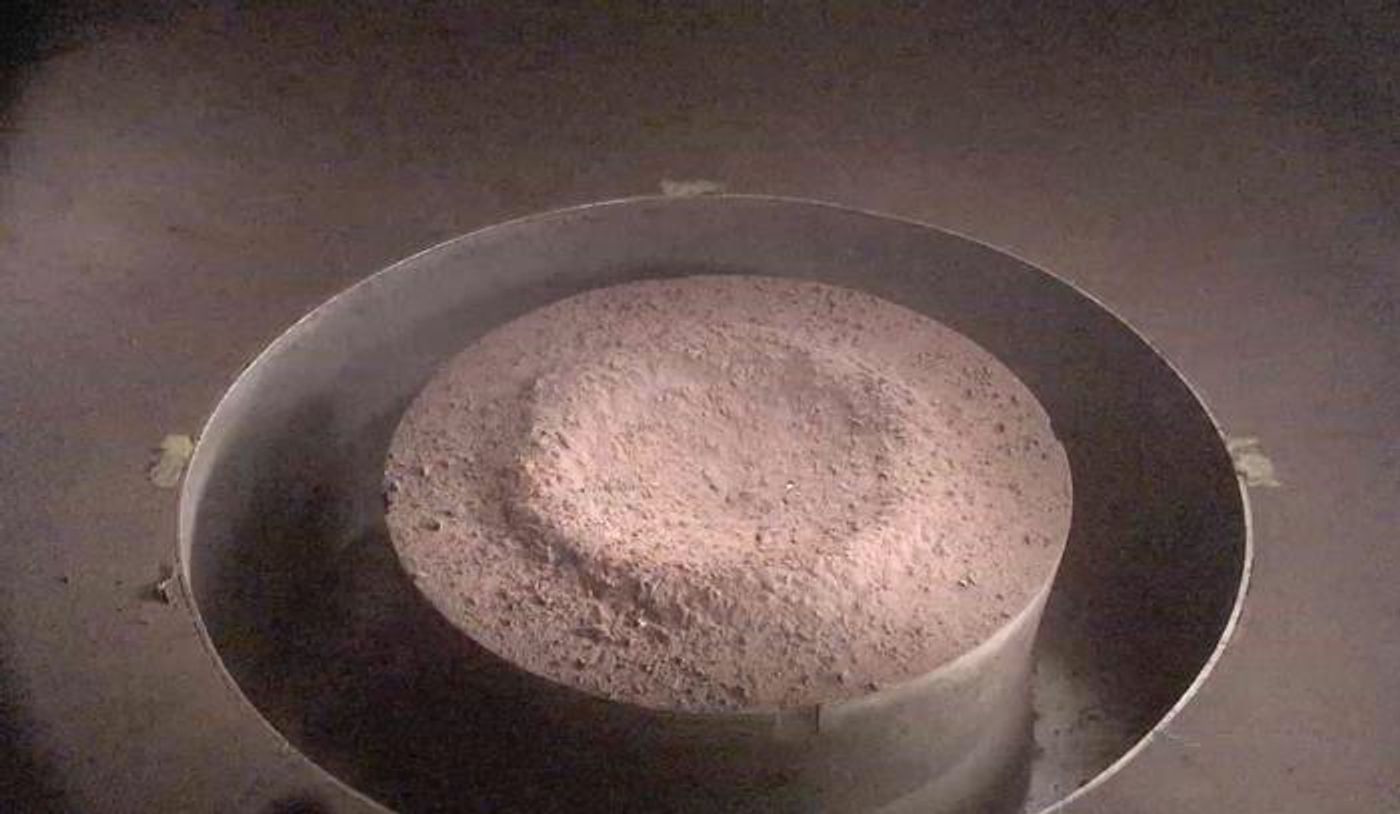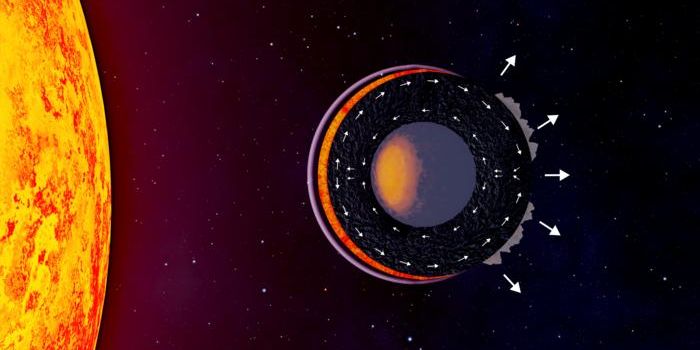Unraveling Dwarf Planet Ceres' Organic Mysteries with Impact Studies
A recent study scheduled to be presented at the Geological Society of America’s GSA Connects 2023 meeting examines the possibility of the dwarf planet Ceres, the largest planetary object that resides in the asteroid belt of our solar system, hosting a type of complex organics known as aliphatic molecules, which are comprised of hydrogen and carbon chains. This remarkable discovery comes from data collected by NASA’s Dawn spacecraft, which includes evidence that Ceres could harbor an internal ocean and holds the potential for the largest asteroid in the solar system to presently, or previously, contain the primary ingredients for harboring life as we know it.
“The organics were initially detected in the vicinity of a large impact crater, which is what motivated us to look at how impacts affect these organics,” said Dr. Terik Daly, who is a planetary scientist and manager of the Johns Hopkins Applied Physics Laboratory (JHU/APL) Planetary Impact Laboratory, and lead author of the study. “We are finding that organics may be more widespread than first reported and that they seem to be resilient to impacts with Ceres-like conditions.”
While aliphatic organics were first discovered on Ceres in 2017, scientists have been struggling to piece together their origin story on the Texas-sized dwarf planet. Hypotheses from previous studies suggest they were delivered to Ceres via a comet impact or formed on Ceres from interaction with the briny water that exists there. The goal of the most recent study was to examine how the pervasive impacts over geologic time on Ceres has altered the evolution of aliphatic organics, which could help determine their origin along with evaluating Ceres’ habitability, as well.
2017 video discussing aliphatic organics found on Ceres.
For the study, the team conducted hypervelocity impact experiments on the organic compound, gilsonite, using the NASA Ames Vertical Gun Range (AVGR). The impact speeds ranged between 2-6 km/s (4,400-13,000 mph) with impact angles ranging between 15 and 90 degrees respective to the horizontal plane. They combined their data with spectrometer data from the Dawn spacecraft to ascertain what regions of Ceres could be comprised of organics.
Image of the ejecta produced during a hypervelocity impact experiment at the NASA Ames Vertical Gun Range. The purpose of the experiment was to analyze the effects of impacts on organics that could reside on the dwarf planet Ceres. (Credit: NASA / Johns Hopkins University Applied Physics Laboratory)
Image of an impact crater produced during a hypervelocity impact experiment at the NASA Ames Vertical Gun Range. The purpose of the experiment was to analyze the effects of impacts on organics that could reside on the dwarf planet Ceres. (Credit: NASA / Johns Hopkins University Applied Physics Laboratory)
According to Dr. Juan Rizos, who is an astrophysicist at the Instituto de Astrofisica de Andalucia in Spain and a co-author on the study, their findings indicate that organics on Ceres could be either from ancient impacts or liquid water.
“By capitalizing on the strengths of two different datasets collected over Ceres, we’ve been able to map potential organic-rich areas on Ceres at higher resolution,” said Dr. Rizos. “While the origin of the organics remains poorly understood, we now have good evidence that they formed in Ceres and likely in the presence of water. There is a possibility that a large interior reservoir of organics may be found inside Ceres. So, from my perspective, that result increases the astrobiological potential of Ceres.”
For next steps, the team aspires to learn more about organics throughout the solar system from NASA’s Lucy mission, which was launched in October 2021 and will be exploring the Trojan asteroids beginning next month.
What new discoveries will scientists make about organics in the solar system in the coming years and decades? Only time will tell, and this is why we science!
As always, keep doing science & keep looking up!
Sources: GSA Connects 2023, NASA, The Geological Society of America, NASA (1), EurekAlert!, Science, NASA (2), NASA (3)










